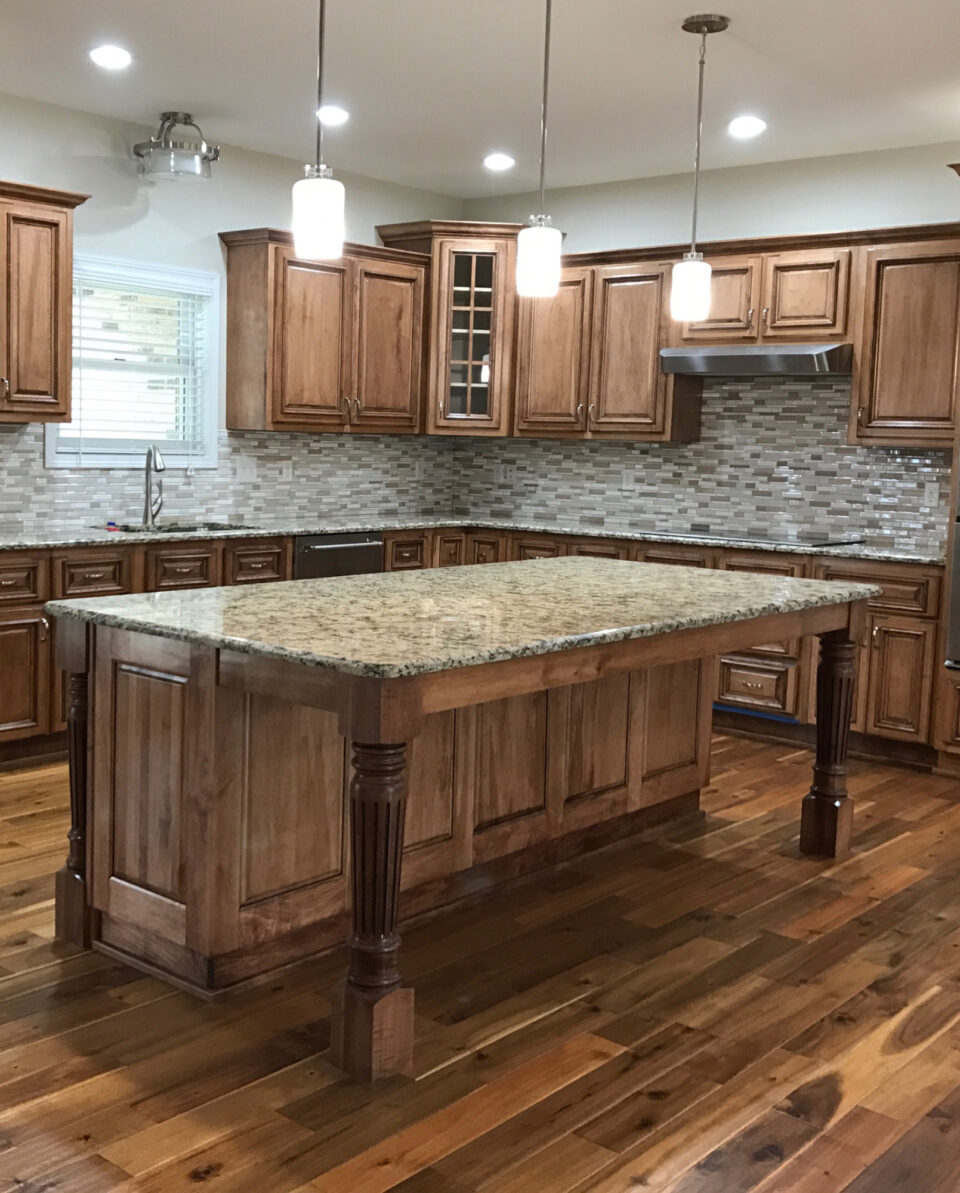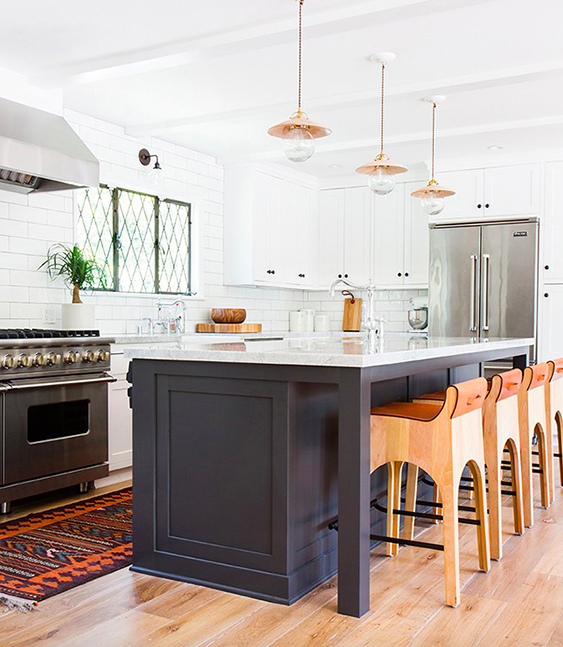Crucial Tips for Choosing the Perfect Kitchen Island Leg for Your Home
Crucial Tips for Choosing the Perfect Kitchen Island Leg for Your Home
Blog Article
How to Choose the Perfect Kitchen Island Leg to Enhance Your Kitchen Area Layout
Picking the excellent cooking area island leg is a nuanced process that requires mindful factor to consider of different elements such as design capability, product, and style. An appropriate leg can not only sustain the structure yet likewise offer as a specifying element that boosts the general visual of your kitchen area.
Evaluate Your Kitchen Area Design
When it pertains to selecting a cooking area island leg, it's important to evaluate your cooking area style to make certain a natural layout. The kitchen area is often the heart of the home, and the island works as a aesthetic and practical prime focus. As a result, the selection of leg style must mirror the general motif of your kitchen, whether it be contemporary, traditional, farmhouse, or industrial.
For example, in a modern kitchen, smooth, straight legs in a minimal layout may improve the structured appearance. Conversely, a rustic kitchen could take advantage of heavy, transformed legs that share heat and character. Think about delicately made legs that echo conventional craftsmanship. if your kitchen features a classic style.
Pay interest to the proportions of both the island and the surrounding space; the leg's range need to match the overall dimensions. By straightening your leg selection with your kitchen area's style, you create an unified and welcoming environment that shows your personal aesthetic.
Consider Product Options
Choosing the best material for your cooking area island leg is crucial, as it affects both durability and visual charm. Various products use unique advantages and can significantly affect the total layout of your cooking area.
Wood is a popular selection, understood for its heat and adaptability. It can be discolored or repainted to match your kitchen's color scheme, supplying a timeless appearance. Nevertheless, it might need more upkeep to avoid damage from dampness and heat.
Metal legs, such as stainless-steel or wrought iron, stimulate a modern and commercial feeling. They are exceptionally durable and resistant to damages, making them optimal for high-traffic locations. Metal can likewise be ended up in numerous means, allowing for modification in terms of structure and shade.
One more option is composite materials, which integrate aesthetics with usefulness. These can resemble the look of wood or steel while usually being lighter and less complicated to preserve.
Finally, consider rock legs, which can bring a glamorous touch yet may require added structural support. Each product has its special characteristics, so it's essential to choose one that straightens with your cooking area's total design vision while ensuring longevity and performance.
Explore Layout Features
Various design features can improve the functionality and visual charm of a cooking area island leg, making it an indispensable part of the total kitchen area design. One crucial aspect to take into consideration is the style of the leg, which can vary from typical turned layouts to sleek, modern lines. The choice of design should match the existing cabinetry and fixtures, developing a natural look.
In enhancement to design, the finish of the leg can significantly affect the cooking area's page visual charm. Options such as painted, discolored, or all-natural finishes can either highlight the leg as a statement item or permit it to blend effortlessly right into the kitchen atmosphere. Ornamental aspects, such as embellishments or makings, can additionally add character and uniqueness, transforming an easy leg right into a centerpiece.
Furthermore, integrating practical attributes like open shelving or incorporated storage can enhance utility while keeping aesthetic value. The interaction of these layout includes not just boosts the kitchen island leg's appearance but additionally view it now adds to the general capability of the cooking area space. By thoughtfully selecting these elements, house owners can guarantee their kitchen area island leg offers both functional and attractive objectives.
Determine Dimension and Elevation

Typically, the conventional elevation for kitchen island legs is around 30 inches, which aligns with the height of typical countertops and dining surface areas. Nonetheless, if your island serves a twin objective, such as a breakfast bar, you may think about a greater leg gauging 36 inches. This elevation promotes an extra casual eating experience and suits bar feceses comfortably
In regards to width, the leg should not only supply adequate support but also maintain visual balance. A width of 3 to 5 inches is generally optimal, permitting for enough stability without subduing the total style. Furthermore, take into consideration the spacing in between the legs; they must be positioned to permit simple movement and ease of access around the island.
Inevitably, taking specific dimensions and taking into consideration the meant use of the kitchen island will lead you in picking the ideal dimension and height of the legs, making sure both aesthetic appeal and practical capability in your cooking area style. kitchen island leg.
Budgeting for Your Choice

Following, determine the design that straightens with your cooking area's visual. Custom-made legs might come with a premium, while pre-fabricated options usually use expense savings. It's vital to balance your wanted visual with the functionalities of your budget plan.
Think about additional prices that might develop, such as installation or finishing. If you're intending to work with an expert for installation, consist of these costs in your budget plan.
Finally, allot a contingency fund for unexpected prices that might develop during the renovation. By meticulously examining these elements, you can make informed choices that not only boost your kitchen area's design yet likewise keep your improvement within economic reach. A tactical spending plan will guarantee that you accomplish the wanted look without compromising your economic goals.
Verdict
To conclude, picking the optimal kitchen area island leg demands he said mindful consideration of different factors, including the general kitchen style, product options, style attributes, and suitable measurements. By aligning these aspects with the wanted aesthetic and performance, a aesthetically enticing and harmonious kitchen area island can be attained. Additionally, budgeting for the selected products and installation will make certain that the choice procedure remains possible and sensible, ultimately improving the cooking area's style and use.
When it comes to choosing a cooking area island leg, it's vital to analyze your kitchen area design to ensure a cohesive style.Countless design features can improve the capability and aesthetic charm of a cooking area island leg, making it an indispensable part of the overall kitchen area style. The interaction of these design features not just boosts the cooking area island leg's appearance however likewise contributes to the overall performance of the kitchen area room.Developing a spending plan for your cooking area island leg is an important action that can dramatically impact your overall kitchen area renovation costs.In final thought, picking the perfect kitchen area island leg requires mindful consideration of different variables, including the total cooking area design, material options, design features, and appropriate dimensions.
Report this page